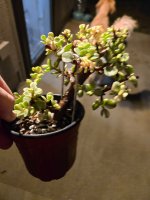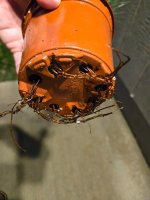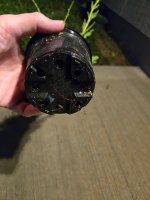MrMiagtree
Seedling
- Messages
- 9
- Reaction score
- 1
Hello, all! I've needed a hobby for awhile, and my love for plants plus my recent attempts to revive a gift "bonsai" azalea my wife received (sadly a failed attempt) drove me to give bonsai an honest try. I've researched for weeks now, and I selected black pine and shimpaku juniper for pre-bonsai stock. I've learned a fair bit about their care, but one thing I've not figured out is ground growing. Is this the ideal way to grow and train pre-bonsai? I'm assuming they still get wired and trimmed as you would in a pot, but how do you handle the roots? Do you dig them up and trim as you would with potted plants? And do you consider the added benefits worth the extra hassle? I'm in hardiness zone 6a, if that matters at all for this question.





